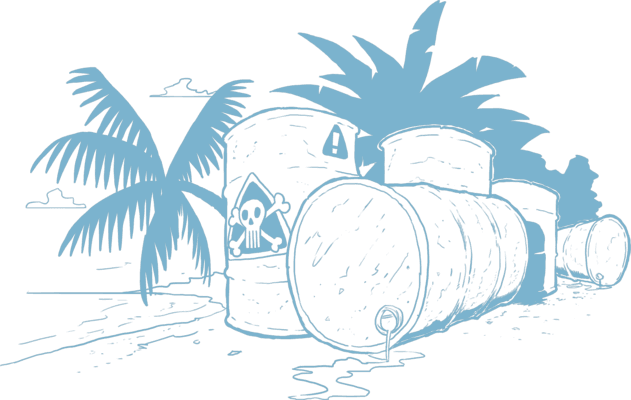Blue Pacific 2050 Dashboard
This 2050 Dashboard presents Forum Member data across the seven Thematic Areas of the 2050 Strategy for the Blue Pacific.
Data and visualisations in this dashboard supplement the 2024 Baseline Report to Leaders, delivered to the 53rd Pacific Islands Forum Leaders Meeting hosted by Tonga. Additional indicators from regional and global monitoring frameworks identified by the 2050 MEL Working Group are also presented to tell a richer story. New indicators are proposed for development in the region to address areas of the Strategy not well served by existing indicators, and these will be added over time as indicators are agreed and adopted by the Pacific.
Data presented is collated from a number of sources, including national household census and survey collections, civil registry data, health information systems, regional education assessments, satellite data, SDG custodian agencies and published reports from countries and development partners.

